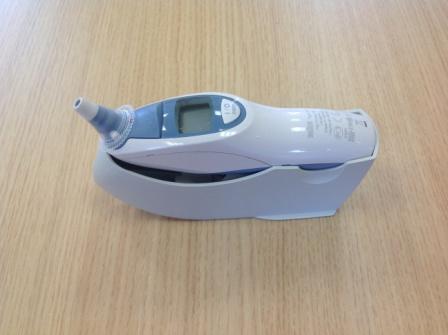E
EXAMINATION
The patient must be exposed to complete your examination. It is important to respect the patient’s dignity at all times and minimise heat loss.
Start by explaining to the patient what you are going to do. Lay the patient flat in order to complete the abdominal examination. Remember this is an acutely ill patient. This needs to be a focussed examination looking for potential causes of acute deterioration.
Abdominal examination:
- Inspection
- General from the end of the bed
- Jaundice
- Scars
- Wounds
- Abdominal distension
- Stomas
- Melaena
- Palpation
- Ask the patient if they have any areas of discomfort
- Palpate each quadrant of the abdomen systematically
- Palpate for tenderness, masses and organomegaly
- Examine hernial orifices
- Percussion
- Assess for shifting dullness
- Auscultation
- Consider rectal examination
Top to toe examination:
- Rashes
- Cellulitis
- Cannula sites (looking for evidence of infection)
- Sources of bleeding
- Wound infection
- Peripheral oedema
- Evidence of trauma
- Swollen, inflamed joints
- Swollen or tender legs indicative of deep vein thrombosis
Temperature

Infrared thermometer
The patient’s temperature should always be checked.
Environment (bed side)
- Medication (e.g. inhalers, Glyceryl Trinitrate spray)
- Sputum pots
- Vomit bowls
- Peak flow meter
- Urinary catheter bag

